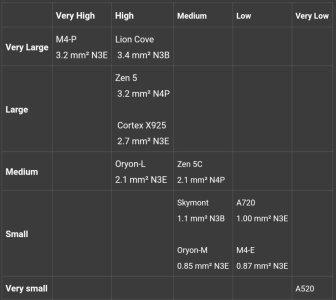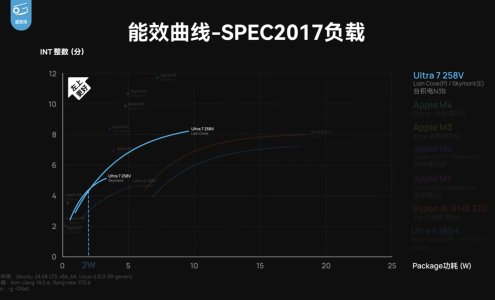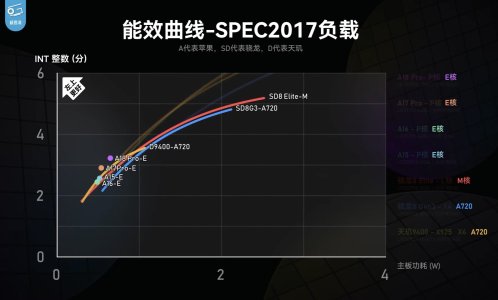Thunder 57
Diamond Member
- Aug 19, 2007
- 4,154
- 6,928
- 136
Skymont and Raptor Cove are about equal in floating point and massively better than Gracemont.
Based just on memory I am not so sure about that part. I would have to look in to it though. The others look right though.







